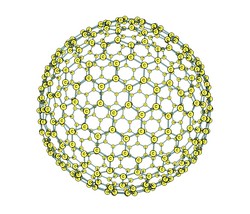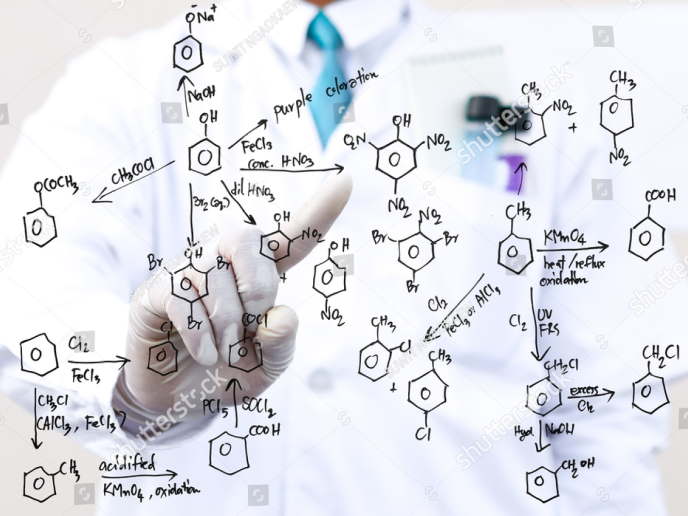ALEXANDER - mucosal nanoparticulate delivery systems for macromoleculardrugs
Ideal nanodelivery systems should facilitate sustained drug release and support increased bioavailability of macromolecular drugs by protecting them against enzymatic degradation. The foremost important property, however, is the ability to penetrate the mucous layer. Existing delivery systems for mucosal administration of macromolecular drugs such as proteins, peptides and DNA-based drugs fail to cross the mucosal layer in significant quantities due to size restrictions. In answer to this problem, the EU-funded ALEXANDER(opens in new window) (Mucus permeating nanoparticulate drug delivery systems) project set out to develop novel nanodelivery systems capable of crossing the mucous gel barrier without destroying it. Focusing on oral and ocular delivery, researchers employed novel strategies to overcome present limitations in enhanced nanocarrier permeation rates. These included the immobilisation of proteolytic enzymes on the nanocarrier surface, the use of nanoparticles capable of changing their surface charge or pH as well as self-nanoemulsifying drug-delivery systems. In addition, they optimised nanoparticles that released low amounts of mucolytic agents during their transport through the mucous. Researchers synthesised over 300 new functionalised nanocarriers and characterised their physicochemical properties. This included assessment of their ability to cross the mucous gel layer as well as their cytotoxicity. They developed a battery of complementary in vitro assays to model the epithelial mucosa including a small intestinal epithelial mucosa model that mimicked both the digestive phase and the epithelial cell barrier. Results demonstrated the successful delivery of polypeptides via the oral route and oligonucleotides via the ocular route. Compared to existing formulations, nanocarriers designed within this project increased the oral bioavailability of different peptide drugs at least 5-fold. In addition, a self-nanoemulsifying system was used to deliver the CTFR gene in a plasmid as a therapeutic approach. Nanoparticles with the best in vitro profile were selected and tested in vivo for biodistribution using magnetic resonance imaging, positron emission tomography or luminescence detecting methods. Their toxicity was tested in animal models following single or repeated administration. In general, new knowledge and a deeper understanding of nanoparticle properties that enhance mucus permeation was gained within ALEXANDER. Analytic techniques were developed or existing ones were expanded or optimised. New carrier systems with new qualities were designed and optimised. All these tools have a great potential for further development and later application in industry or in the clinic.







